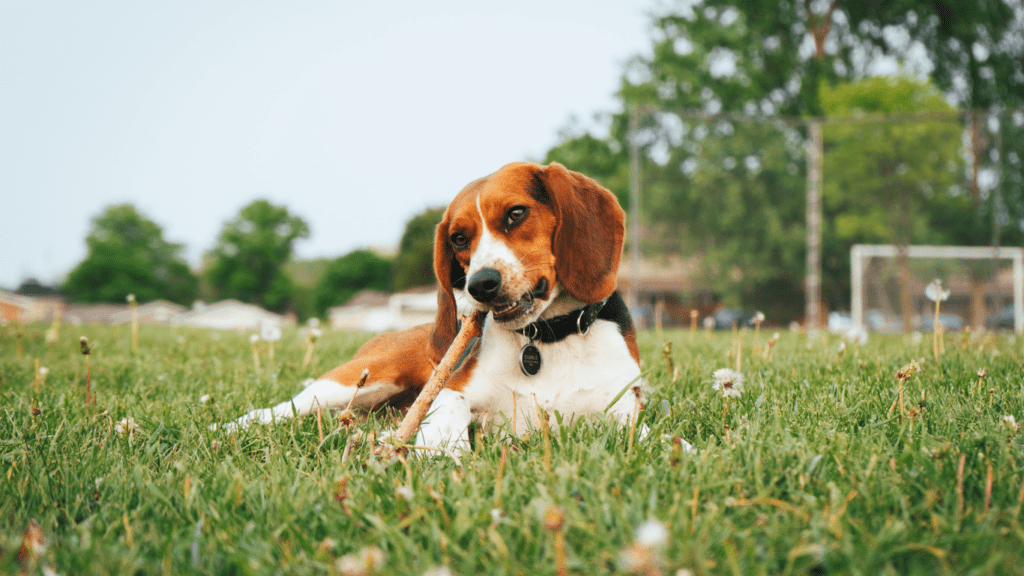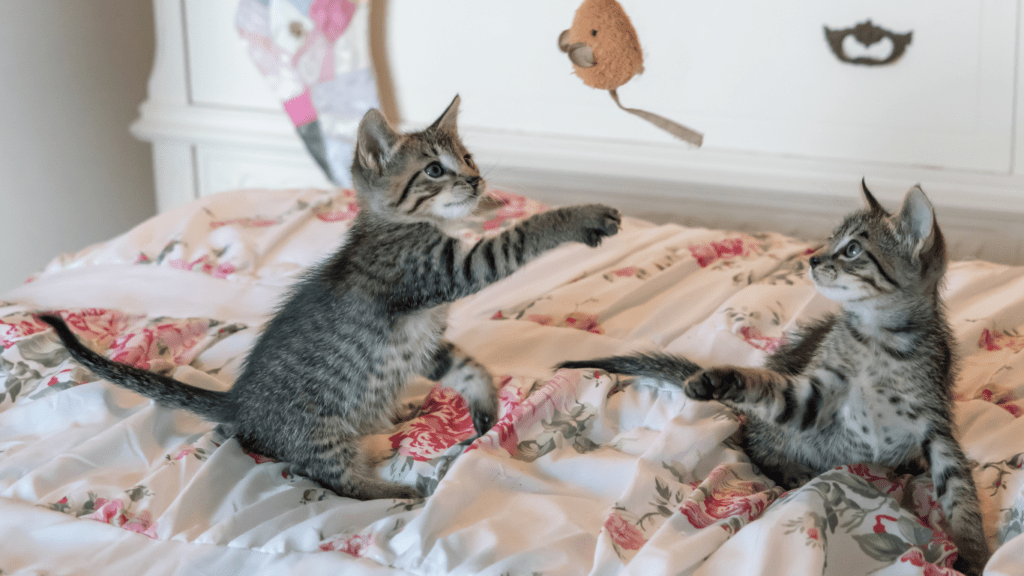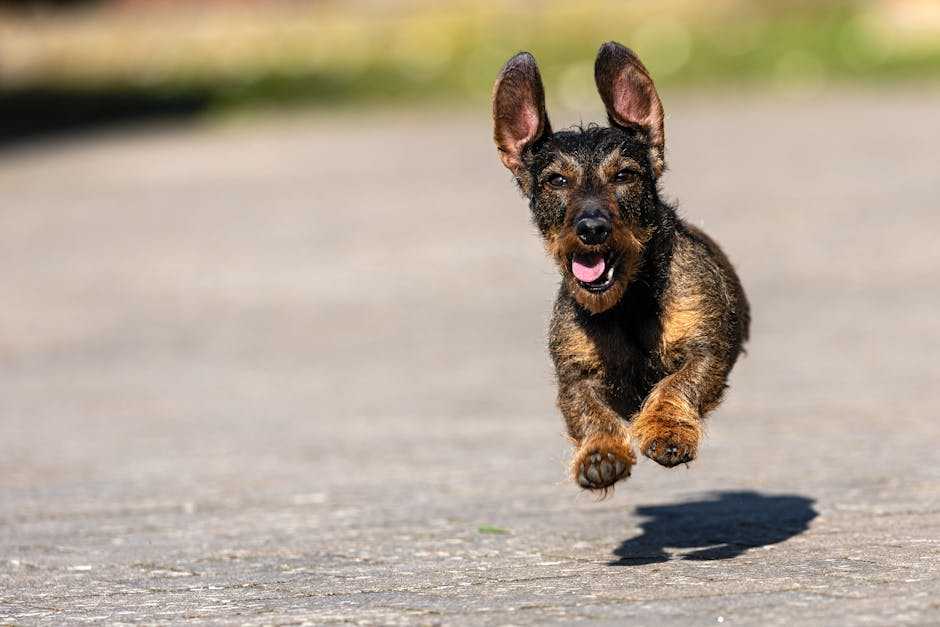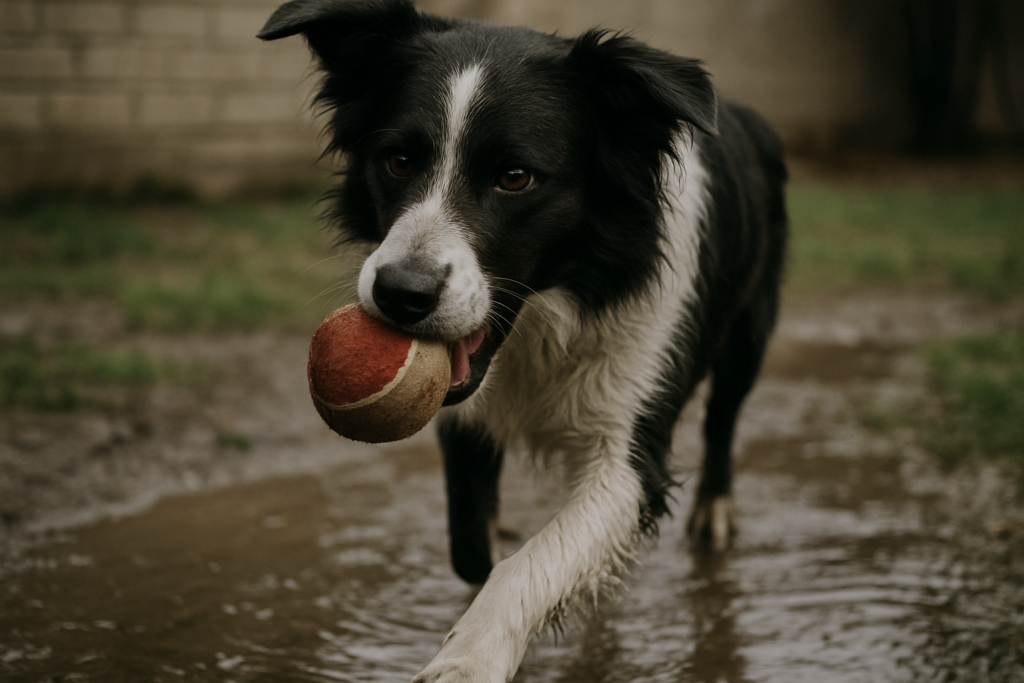Understanding DIY Playtime for Pets
DIY playtime for pets presents a cost-effective way to keep them entertained and offers numerous benefits. Creating toys and activities at home strengthens the bond between pets and owners.
Benefits of DIY Playtime
- Homemade Enrichment: DIY playtime provides mental stimulation for pets, preventing boredom and destructive behaviors. For example, puzzle toys made from cardboard challenge pets to think critically.
- Physical Exercise: Engaging in DIY playtime helps pets stay active, promoting better health. Activities such as obstacle courses or fetch games made from household items encourage movement.
- Customization: Owners can tailor DIY toys to their pets’ preferences and needs. For instance, using favorite treats in homemade toys makes playtime more appealing.
Essential Considerations Before Starting
- Safety First: Ensure materials used are safe for pets, avoiding small parts that could be swallowed. Non-toxic options should be prioritized to prevent harm.
- Pet’s Interests: Knowing a pet’s likes and dislikes helps make DIY playtime more effective. Observing what toys they prefer can guide the creation of new, engaging activities.
- Time Commitment: DIY projects require a time investment to make and supervise. Owners should be ready to dedicate time for both preparation and play to maximize enjoyment and safety.
Popular DIY Playtime Ideas
Keeping pets entertained with DIY playtime caters to their natural behaviors and preferences. Here are some creative ideas for both indoor and outdoor settings.
Indoor Activities for Small Spaces
Indoor playtime can be enriching even in limited space. Focus on activities that utilize mental stimulation and agility.
- Box Forts: Transform cardboard boxes into tunnels or forts for cats. Cut entry and exit holes, and connect multiple boxes for an engaging maze.
- Puzzle Feeders: Create a puzzle feeder with a muffin tin and tennis balls. Hide treats in the tins, covering them with balls, making dogs work to uncover their reward.
- Interactive Toys: Craft a fishing pole toy with a stick, string, and a small plush. Cats will enjoy chasing and pouncing on the moving target.
- Sock Puppets: Use old socks to design hand puppets. Stuff the sock lightly, sew on colorful buttons, and use them for interactive play with dogs and cats.
Outdoor Adventures for More Space
Utilize your yard or nearby park for activities that allow pets to explore and expend energy.
- DIY Agility Course: Set up a simple agility course with household items like broomsticks, hula hoops, and cones. Dogs love navigating new obstacles.
- Water Play: On hot days, fill a kiddie pool with water and toss in floating toys. This keeps dogs cool and engaged.
- Tug Toys: Braid thick ropes or old fabrics into sturdy tug toys for safe play in open spaces. Ideal for dogs who love to tug and pull.
- Bug Hunt: Hide dog treats in the yard. Create a trail with clues, stimulating dogs’ sense of smell and curiosity.
These DIY ideas keep pets mentally and physically stimulated while providing cost-effective enjoyment.
Tips for Creating Engaging DIY Toys

DIY toys keep pets entertained while promoting their mental and physical health. Use simple materials and prioritize their safety when crafting these toys.
Using Household Items
Household items often make excellent DIY pet toys. Cardboard boxes, for example, can be repurposed into tunnels or hideouts. Old clothes become perfect sock toys or tug ropes.
Empty plastic bottles transform into treat dispensers. It’s essential to select non-toxic, durable items to ensure long-lasting play without risk.
Ensuring Safety in DIY Toys
Safety must always be top of mind when making DIY pet toys. To minimize risks, avoid materials that can splinter or break easily, such as thin plastic or brittle wood.
Check for small parts that pets could swallow. Always supervise initial play sessions with new DIY toys, observing how the pet interacts to ensure the toy is safe and suitable for continued use.
Incorporating Training Into Playtime
Training sessions can seamlessly integrate into playtime, providing mental stimulation and reinforcing desired behaviors effectively.
Basic Commands Through Games
Incorporating basic commands within playtime enhances a pet’s obedience. Integrate commands like “sit,” “stay,” and “come” into fetch or hide-and-seek.
For example, during a game of fetch, instruct your pet to “sit” before throwing the toy. Use “stay” as you hide treats or toys around the house, then command “come” once you’re ready for a fun search game.
This method not only helps reinforce these essential commands but also makes training more engaging for your pet.
Reward Systems
Utilize reward systems to encourage positive behavior. Positive reinforcement through treats, toys, or praise motivates pets during playtime.
For instance, a treat-dispensing toy rewards your pet for solving puzzles, making playtime both fun and rewarding. When your pet successfully follows a command or completes a task, offer a reward to reinforce the behavior.
This approach strengthens the association between obedience and rewards, promoting better learning outcomes.
By merging training with play, pets gain essential skills while enjoying their favorite activities.


